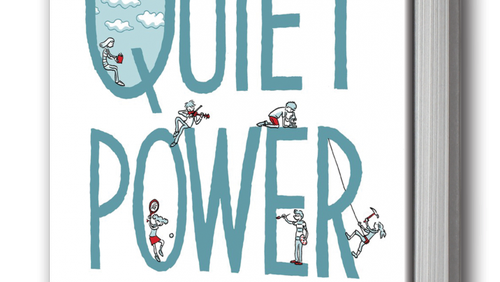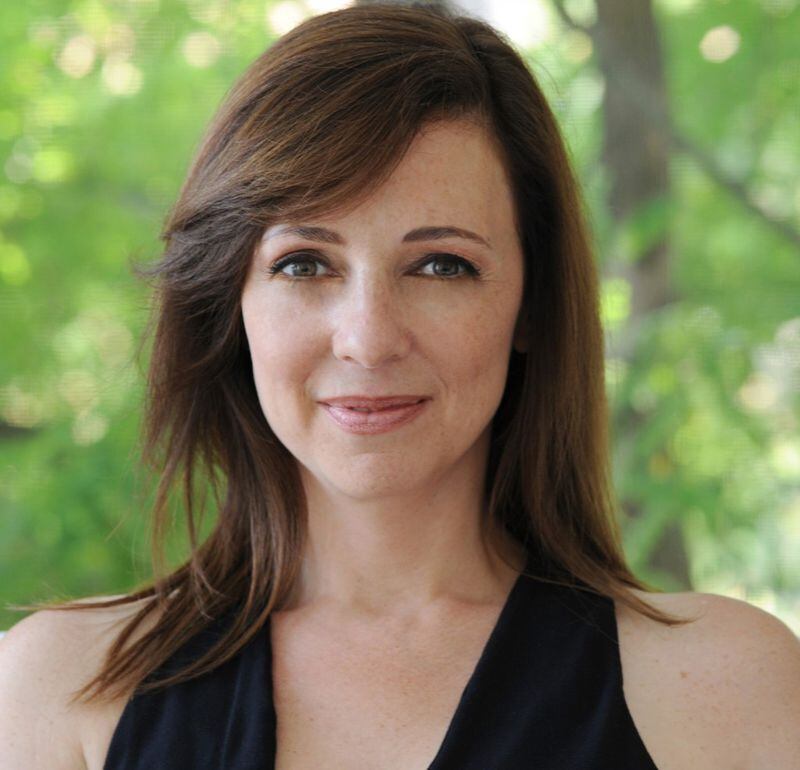Is a quiet classroom a less effective one?
Today, a roomful of students working alone at desks would look outmoded. These days children sit together at tables or in clusters of desks facing one another to encourage engagement and collaboration rather than introspection and solo thoughts.
This group-project infatuation overlooks the learning styles and strengths of introverted students, said Susan Cain, author of the best-selling 2012 book, "Quiet: The Power of Introverts in a World That Can't Stop Talking." (Her related TED talk remains one of the most widely watched ever.)
To help introverted students, Cain launched the Quiet Schools Network and this week published a new guide for introverted students, parents and teachers, "Quiet Power: The Secret Strengths of Introverts."
Schools contend group work prepares students for jobs. Yes, the business world requires collaborative effort, said Cain, a Harvard-educated corporate attorney turned researcher and writer. “What we are seeing in schools is a very blunt misapplication of those truths. When people collaborate in the business world, it doesn’t mean they read a book together or write a memo together. You have a meeting and you decide what you are going to do. Each one goes and does it. It is not a 24/7 in-your-face collaboration with desks pushed together and students sort of looking at each other all day long. I don’t think any human beings work that way, particularly not introverted learners.”
A guidance counselor recently told me, “Our schools are now designed for extroverts,” a sentiment Cain understands. She's compared the typical boisterous high school to "an all-day cocktail party without any alcohol."
“The vast majority of students believe the ideal student is an extrovert,” she said in a telephone interview from New York. “There is zero correlation between being the best talker and having the best ideas. I mean zero. But as long as you can talk and reformulate the same idea 17 different ways, that is rewarded.”
(Cain distinguishes between shyness and introversion. A shy student may hesitate to answer a question for fear of being embarrassed; an introverted student may just not feel compelled to contribute or be more interested in listening.)
Credit: Maureen Downey
Credit: Maureen Downey
As a child, Cain was asked, “Why are you being so quiet?” She came to realize schools and society idealized “outgoing students,” despite research showing introverts earn better grades and are more knowledgeable. A third to half of all people are introverts, she said.
An exchange student from China told Cain she was taken aback at how American students dominated classroom discussions, even when they had little to say. “All you have to do is talk nonsense and then the teacher nods respectfully and says ‘very good,”’ the student told Cain.
“Being able to hold forth on stage has come to take the place of the thought and actual work,” said Cain. “Yes, vocal contribution is a useful skill, but it is one skill among many others. It is not without value, but not inordinate value.”
That’s why Cain opposes grades for participation/effort that reward the students who are quickest to speak.
“I am more in favor of splitting out grades so we are grading kids on knowledge and material. I would encourage teachers to think in much broader, deeper ways about classroom engagement and contributions. We need to recognize there are many ways to engage with the material and classmates. It is not just raising your hand a lot. I would also start looking at questions of a student’s character. Are you a good listener? Are you a good citizen? Are you helpful to your fellow students? All these things matter.”
On Cain's Quiet Revolution website, people share painful school experiences, echoing much of what she talks about in her new book:
•My parents were always told, "Your daughter is an excellent student but she is very quiet and reserved." Being quiet and reserved are not necessarily weaknesses as many of you know. Rather, they are personality traits and teachers should treat them as such. When I heard about this as a child, I became even more self-conscious about my introversion and was made to believe that my love for calm solitude was something that needed to be remedied. Despite the feedback I received from teachers, I decided to go into teaching myself. Based on my experience in the classroom as a student and elementary teacher, I think the best thing we can do for introverted students is give them space and time to be introverted. I love the cooperative learning we do in schools but even I need a break every once in a while. I try to balance extroverted learning and introverted learning by have periods of action and solitude within my classroom.
•As a mom and fellow introvert, I watch my introverted 6-year-old daughter work hard not at the academics but in a classroom model that has group learning and desks in pods at every turn. Introverts need to be nurtured in their own way and having more teachers that are introverted will certainly help to direct that conversation.
•I think that it is so true that teachers in general try to change the quiet child instead of accepting them. It is a constant message that something is wrong with the child. There is nothing more powerful than a teacher who can say, "You are great just the way you are." I've seen too many times children are criticized for being quiet.
Teachers often tell parents their child is an introvert as if it were a condition requiring correction. Cain believes schools ought to recognize the strengths -- she calls them superpowers -- of introverts, their ability to focus deeply on topics and activities, and a talent for listening with empathy and patience.
About the Author








